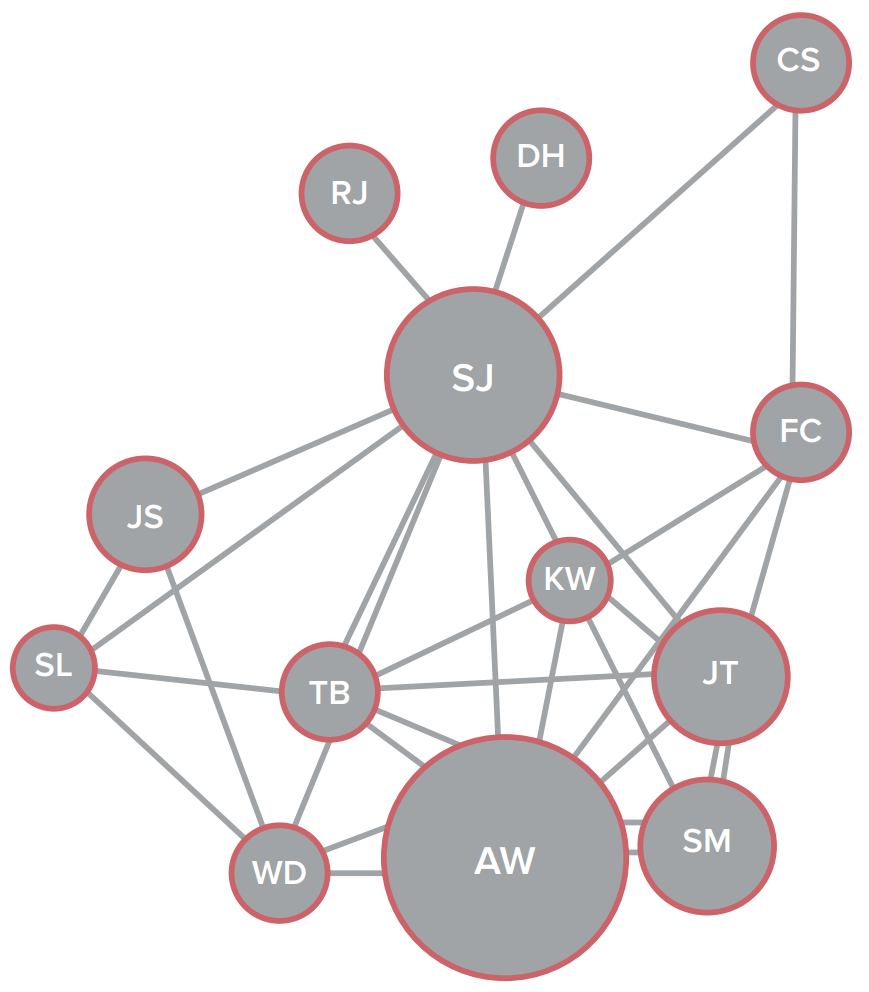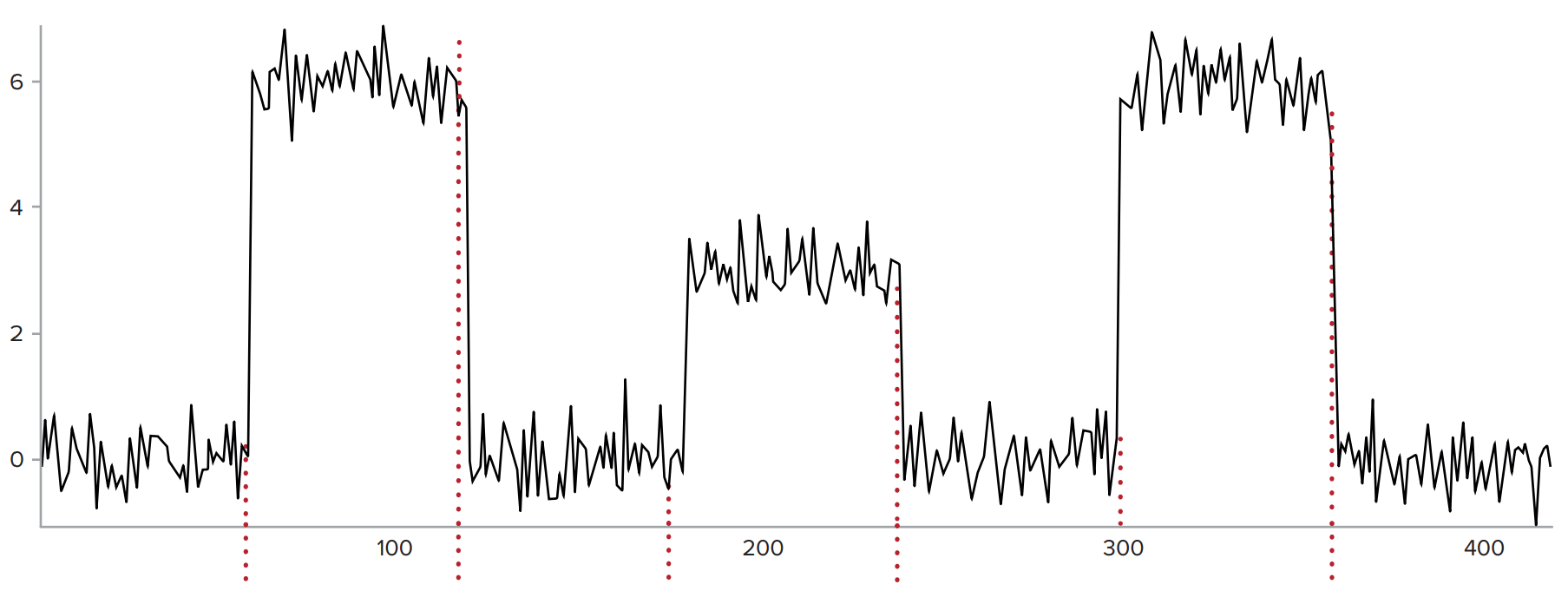How World War II codebreakers help unlock your workforce
The complexity within large businesses make it challenging, if not impossible, for senior management to have compete visibility of their staff. Here, FACT360 co-founder Paddy Lawton explains how organisations can reveal hidden intelligence within their own communication networks by applying techniques inspired by war time code breakers
During the second world war, Bletchley Park in the UK became famous for cracking the Enigma code and decrypting enemy messages. But alongside codebreaking, the top-secret intelligence division also developed ‘traffic analysis’ – producing intelligence by examining the characteristics of enemy messages, such as volume, direction and time, rather than the message content itself. It was Gordon Welchman who is credited with developing this technique and it was his work that was the inspiration behind FACT360 as the company set about investigating what happens when the same techniques are deployed on modern communication networks.
Transactional Analysis
FACT360 has built on the ideas of Welchman’s traffic analysis developing a method that treats each communication as a ‘transaction’ with the subsequent transactional analysis identifying the key people in a network without analysing the content of messages themselves.
FACT360 assigns a numerical value to an individual that is calculated recursively based on the individuals’ communication patterns. This value can be seen as a proxy for ‘Prestige’ within the organisation and reflects the volume of communication a person receives and the Prestige of the person sending a message. Receiving a communication from a high Prestige person increases in turn the recipient’s own Prestige. This analysis creates a fact-based organisational model determined by activity and not reputation so organisations can gain insight based on what employees do rather than what they say.
Transactional Analysis identifies the key players in a network without analysing the content of messages

FACT360 can take the insights generated using transactional analysis further and has developed a metric to act as a proxy for ‘expertise’. On a communication network, a ‘hub’, that is an employee communicating with many different authorities, may represent someone who knows where to find information within an organisation. And by extension, ‘expertise’ can be ascertained by identifying the users who receive communication from a high number of hubs.
Unsupervised machine learning
In addition to Transactional Analysis, FACT360 uses unsupervised Machine Learning so complex analyses can be carried out without the need for manual searching or user defined rules. Users do not need to actively search, or even know the potential topics of interest. The technology identifies anomalies and exceptional activity, alerting users to `unknown-unknown’ incidents as they arise.
What’s changed?
FACT360 has developed its own leading-edge statistical analysis to identify changes that occur along a communication timeline. By analysing the historical baseline of any situation, FACT360 automatically identifies events that differ significantly from the norm.
The dotted lines mark breakout points of the time series ie. where something has changed significantly. FACT360’s Breakout Detection algorithms identify these events without direct human intervention.

Even with data plotted on a graph it can be difficult to spot significant events manually but FACT360’s algorithms are able to identify statistically relevant changes when compared with the historical average.
Traditional techniques for modelling organisations are time-consuming and prone to bias but analysing the communication network generates a fact-based model, revealing insights and identifying exceptional activity that are impossible to find in other ways.

For more information please go to FACT360


